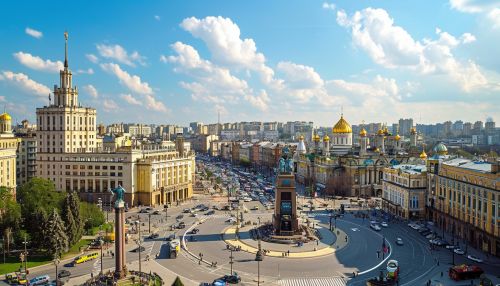History of Ukraine
Early History
The History of Ukraine begins with the arrival of the Indo-European tribes who settled in the territory of modern Ukraine during the Bronze Age. The most influential of these early tribes were the Scythians, who established a powerful state in the region during the 7th century BC. The Scythians were later replaced by the Sarmatians, another Indo-European tribe, during the 2nd century BC.
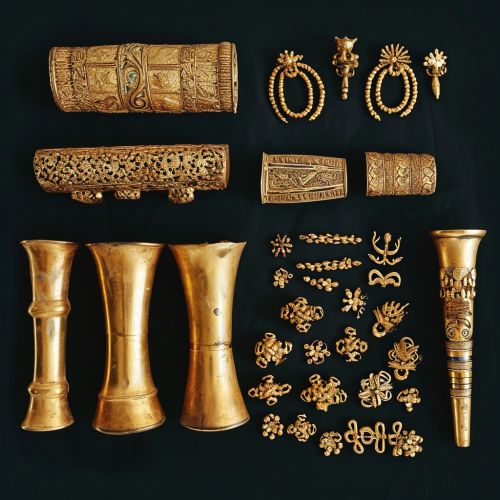
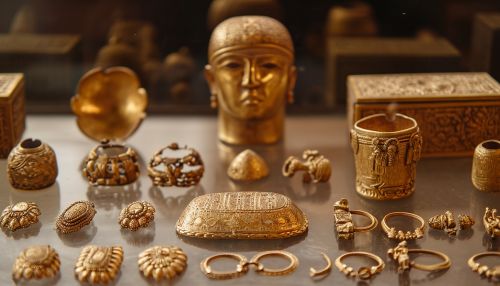
Kyivan Rus
The next significant period in the history of Ukraine is the era of the Kyivan Rus, a federation of Slavic tribes under the rule of the Varangians, which emerged in the late 9th century. The Kyivan Rus was a prosperous and sophisticated state with a highly developed culture and legal system. The adoption of Christianity by the Kyivan Rus in 988, under the reign of Vladimir the Great, marked a turning point in the history of the region, leading to the establishment of the Eastern Orthodox Church in Ukraine.
Mongol Invasion and the Lithuanian-Polish Rule
The Mongol invasion in the 13th century led to the destruction of the Kyivan Rus and the establishment of the Golden Horde rule over the region. The Mongol rule was followed by the Lithuanian and Polish rule, during which the Ukrainian territories were divided between the Grand Duchy of Lithuania and the Kingdom of Poland. The period of the Lithuanian-Polish rule was marked by the increasing influence of the Catholic Church and the gradual Polonization of the Ukrainian nobility.
The Cossack Hetmanate and the Russian Rule
In the mid-17th century, the Cossack Hetmanate emerged as a semi-autonomous state within the Polish-Lithuanian Commonwealth. The Cossacks, a group of semi-nomadic warriors, played a crucial role in the defense of the Ukrainian territories against the Ottoman and Tatar invasions. However, the Hetmanate's autonomy was gradually eroded by the increasing Russian influence, leading to the eventual incorporation of Ukraine into the Russian Empire in the late 18th century.
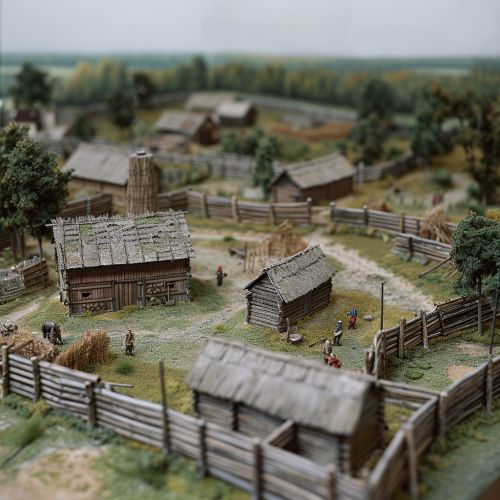
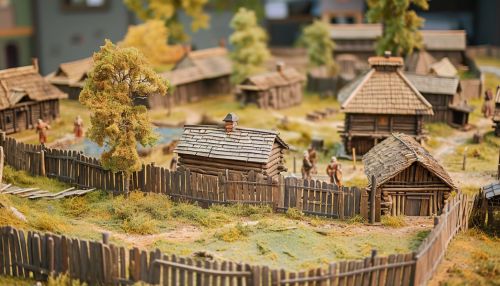
20th Century: World Wars and Soviet Rule
The 20th century was a period of dramatic changes for Ukraine. The country experienced two World Wars, the horrors of the Holodomor, a man-made famine engineered by Stalin's regime, and the brutalities of the Nazi occupation. Following the end of the Second World War, Ukraine became a republic within the Soviet Union. The Soviet period was marked by the forced Russification, suppression of the Ukrainian culture and language, and severe political repression.
Independence
Ukraine declared its independence on August 24, 1991, following the failed coup attempt in Moscow. The early years of independence were marked by economic hardships and political instability. However, the country has made significant progress in its transition to a market economy and a democratic political system. Despite the ongoing challenges, including the annexation of Crimea by Russia in 2014 and the ongoing conflict in the eastern regions, Ukraine continues to strive for integration with the European Union and NATO.

